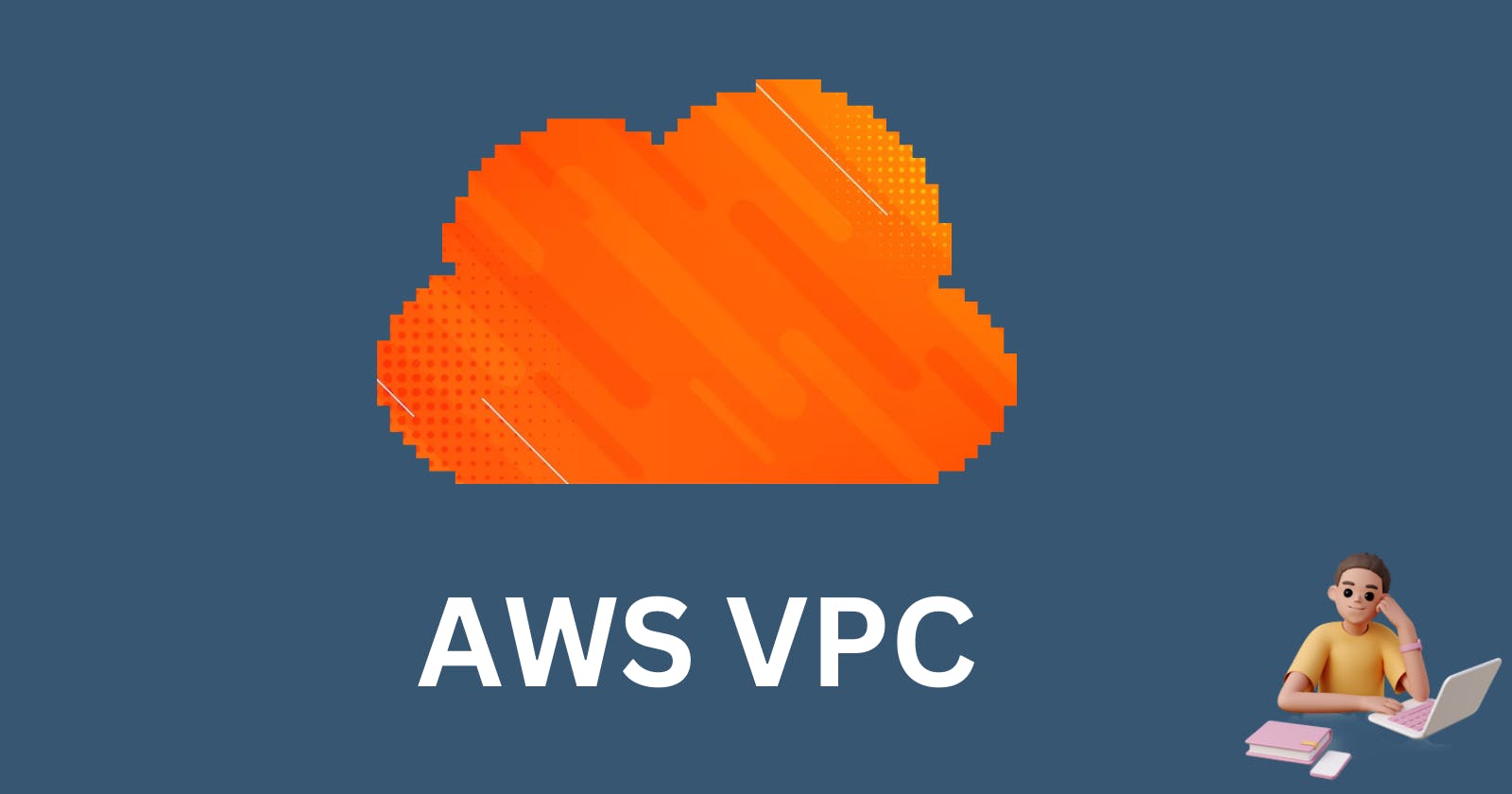I could see a lot of developers struggling to understand VPC, which stands for Virtual Private Cloud. Suppose we want a completely isolated network environment where only we and our team members can access it; we won't be able to connect to the outside internet without permission. In an AWS VPC, we can launch any AWS services of your choice, and we'll have full control over the network including the IP address range, route tables configuration, and network gateways. We can also add an extra layer of security including extra network subnets or security groups for controlled access to the services inside the network.
Use Cases 🤔
Let's see some of the use cases of VPC in the real world.
There are lots of organizations that create separate VPCs for dev, test, and prod to keep these environments isolated. This prevents dev and test from impacting prod infrastructure.
Another use case can be healthcare and finance which create isolated VPCs to store sensitive data to meet compliance requirements. This keeps the sensitive data segmented. Companies that acquire or merge with other organizations can quickly onboard the new company's resources into a separate VPC. This keeps the networks isolated initially.
Accessing on-premises: Hardware VPN connections or AWS Direct Connect links can connect enterprise data centres with VPC infrastructure. This allows easy migration of apps or data to the cloud.
Lastly, it breaks up monolithic apps into microservices hosted across subnets and security tiers within Amazon VPC. This increases agility.
Features 😀
One of the most interesting features I like about VPC is that we have full control of the services running inside the VPC. But there are tons of other features as well you might be interested to learn.
Firstly Ingress Routing, which helps us to manage the incoming and outgoing traffic for your network through a virtual private gateway. Also, you can set a custom rule for any services running inside VPC. For eg. you can set outgoing traffic for EC2 instances but block the incoming traffic.
Next is Traffic Monitoring, which allows us to forward network traffic from any service and send it to out-of-band security and monitoring services for packet inspection. This will help in detecting network and security anomalies, security controls, and troubleshooting issues. Learn how to get started with this feature here.
Another feature is IP Address Manager (IPAM), IPAM makes it easier for us to plan, track, and monitor IP addresses for your AWS workloads. IPAM automates IP address assignments to your Amazon VPC. It also enhances your network observability by showing IP usage across multiple accounts and VPCs in a unified operational view.
Lastly Flow Logs, we can monitor your VPC logs by delivering them to Amazon Simple Storage Service (Amazon S3) or Amazon CloudWatch to gain visibility into your network dependencies and traffic patterns, detect errors and prevent leakage of data, and troubleshoot network connectivity and configurational issues. If you want to learn how to get started with this feature click here.
Conclusion ✌️
There are uncountable features of AWS VPC, you can learn more about it here in detail.
In conclusion, Amazon Virtual Private Cloud (Amazon VPC) provides a wide array of networking capabilities that allow users to have full control over their virtual infrastructure in AWS. Some of the countless options include defining custom IP address ranges, creating public and private subnets, configuring route tables, establishing security measures, and connecting the VPC to remote data centers.
In the next article, we will do a hands-on guide, we will cover everything you need to know to get started with Amazon VPC. We will step through creating a VPC from scratch using the VPC Wizard in the AWS Management Console as well as via the AWS CLI.
